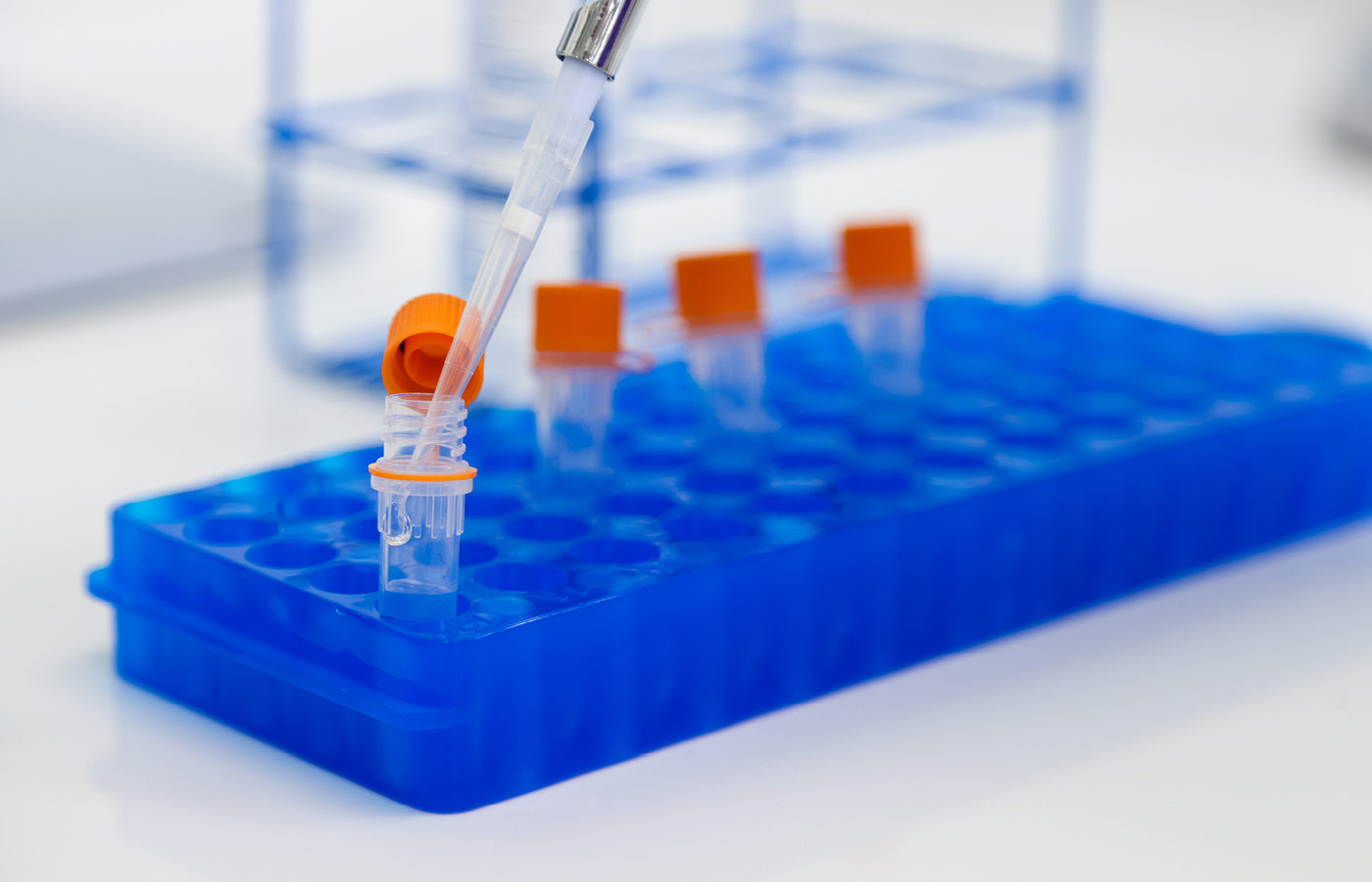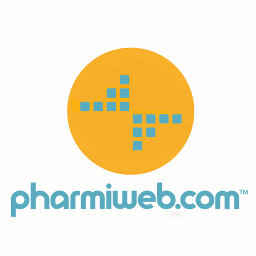blog:
Trends Changing Biopharma: How is innovation shaping biotech?

Aided by significant scientific advancements, the biotechnology sector – spanning health, food & agriculture, natural resources & environment, industrial processing, and bioinformatics – has seen drastic growth over the past decade, with an estimated market value of $1,024 billion in 2021 and a predicted compound annual growth rate (CAGR) of 13.9% between 2022 and 2030.¹
In this second blog of the trends changing biopharma series, we continue to explore the latest developments within the biopharma industry. So what trends are currently redefining biotech, and what is driving this extensive growth?
1. Synthetic biology is rising up the agenda
Synthetic biology encompasses techniques used to redesign or construct biological materials for a specific purpose. How we utilize synthetic biology grows as our understanding grows. As pharmaceuticals increase in complexity, accessing these molecules using traditional chemical synthesis becomes inherently more difficult. As a result, there is a drive to use synthetic biology to overcome these challenges. By modifying biological systems, complex pharmaceuticals can be prepared. This rapidly-evolving technology will continue to change the biopharma space to produce essential drugs, intermediates, and products, each of which will drive forward a sustainable supply of these essential materials and work toward a greener future.
One way synthetic biology is used is for engineering cells to produce essential medicines. An early example includes the engineering of yeast to overproduce a precursor of the malaria drug Artemisinin. This semi-synthetic route was designed to keep up with increasing global demand. Previously Artemsisin had been extracted from the raw plant material.²
More recently published, in late 2022, genetic modification of baker’s yeast produced precursors of the chemotherapy drug vinblastine originally sourced from periwinkle. Researchers performed 56 edits to reprogramme the 36-step biosynthesis into yeast cells to produce vindoline and catharanthine, which form vinblastine when combined.³
Synthetic biology can also be utilized to engineer enzymes, allowing us to tailor these natural catalysts for specific reactions. It offers a more sustainable alternative to traditional chemical synthesis and completes synthetically challenging reactions with high specificity, leading to high-purity products. This drives the interest toward biocatalytically formed pharmaceuticals. Biocatalysis is a rapidly growing field, and Francis Arnold was awarded the Nobel prize in 2018 for her work on the directed evolution of enzymes to form new-to-nature bonds.
Biocatalysts have inherent specificity to install chirality into drug molecules, as was used for the type 2 diabetes treatment sitagliptin. With an estimated 9 million prescriptions, an enzyme is used to introduce a synthetically challenging chiral amine group into the final product with high specificity and yield.⁴⸴⁵
The scope of what we can use synthetic biology for is endless, and this has only been touched upon above. These possibilities continue to grow as our understanding grows, which further drives the use of these techniques to produce key pharmaceuticals.
2. The biologics boom
Reaching a milestone in 2022 with the number of approvals beating that of small-molecule molecular entities, biologics are seeing a boom that is expected to continue.⁶ These highly complex drug molecules have shown tremendous activity in treating disease, particularly for chronic diseases that remain untreated by small-molecule drugs.
As biologics are highly sensitive products, their administration is often limited to injection. This puts pressure on the healthcare system and makes it more difficult for patients to gain access. With the ease of oral drugs, there is a drive towards oral solid dose (OSD) biologics. However, this modality has many associated barriers, such as biologics being broken down at harsh pH (as is found in the stomach) and limited bioavailability due to their size, making oral administration difficult. Many industries are working toward overcoming these challenges by introducing capsules, coatings, and excipients to increase the stability and bioavailability of biologics when taken orally. Although still in the early stages of research, there is a huge driving force for OSD biologics leading to this becoming a primary focus for many pharmaceutical companies.
3. Growing production of biosimilars
A biosimilar is a cost-effective alternative to a branded drug that has the same efficacy and safety, but due to the nature of biologic production, there is no guarantee it is an exact copy. As the number of blockbuster biologic patents continues to expire, biosimilar production is accelerating, and the market is expected to double to $30 billion in 2025 from $15 billion in 2020.⁷ This increase in biosimilar production with the loss of biologic exclusivity should also increase competition and drive down biologic pricing. Replicating the production of these highly complex biologic molecules can be difficult, but scientific advancements have made these pharmacologically similar drugs more feasible to produce.
Impact on the Industry
Innovation in synthetic biology and the increasing biologic and biosimilar market is shaping the rapidly-evolving biopharma industry. These highly complex medicines offer alternative treatment options to traditional small-molecule drugs for untreated diseases. However, many challenges still need to be overcome, including those associated with OSD formulation, the complexity and high cost of biologic manufacture, and biosimilar production. Working to overcome these challenges will ease biologic access and also move towards more sustainable and patient-centric ideals.
ramarketing is a specialist life science B2B marketing agency. We value our customers and prioritize maintaining high standards of knowledge on past, current, and future trends impacting the biopharma industry. Help your company grow and contact ramarketing today.
Read our previous blog – changing biopharma trends
- Biotechnology Market Size & Growth Trends Report, 2030 (grandviewresearch.com)
- Inside the synthetic biology revolution (cosmosmagazine.com)
- Engineered yeast brews precursors of anticancer drug vinblastine (nature.com)
- Savile, C.K. et al. (2010) “Biocatalytic asymmetric synthesis of chiral amines from ketones applied to sitagliptin manufacture,” Science, 329(5989), pp. 305–309. Available at: https://doi.org/10.1126/science.1188934.
- Sitagliptin – Drug Usage Statistics, ClinCalc DrugStats Database
- Senior, M. Fresh from the biotech pipeline: fewer approvals, but biologics gain share. Nat Biotechnol 41, 174–182 (2023). https://doi.org/10.1038/s41587-022-01630-6.
- An inflection point for biosimilars | McKinsey
Related news, insight and opinion




